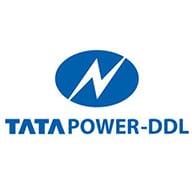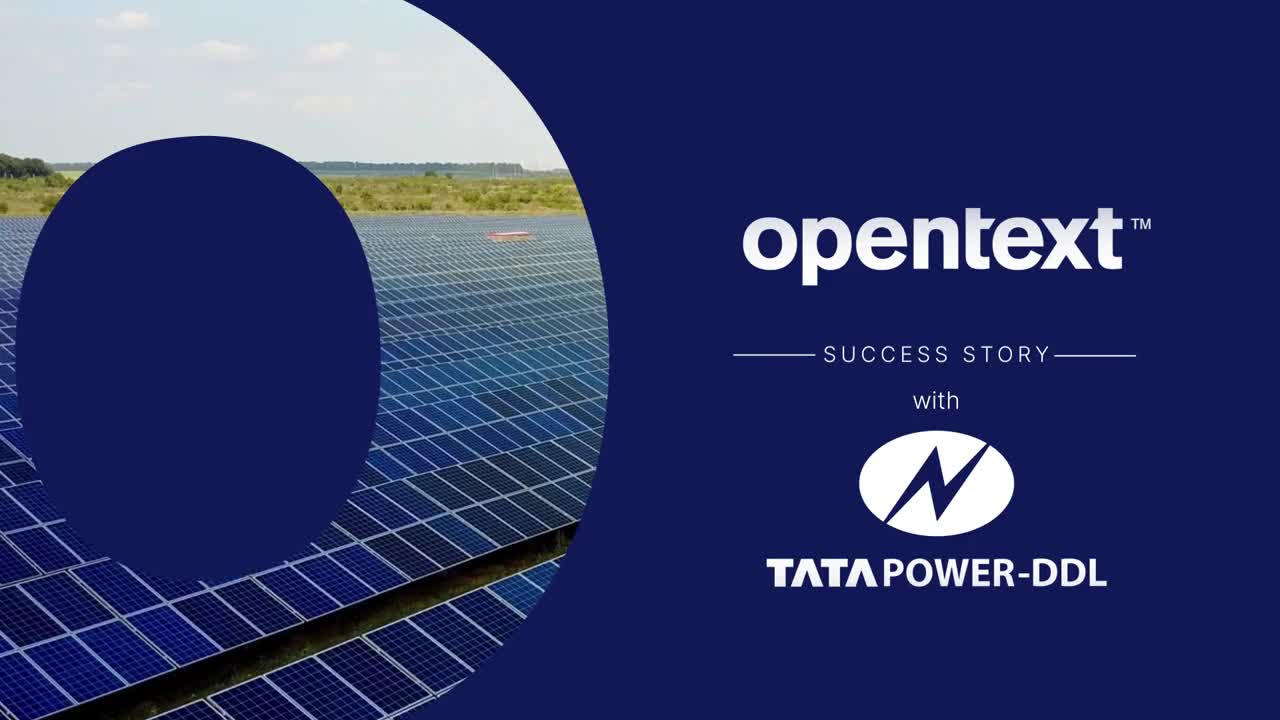Operating during a global pandemic
The company’s digital journey was well underway when COVID-19 struck, which ensured that Tata Power was well-positioned to meet the challenge of keeping essential operations running. The company’s 10,000 employees worked day and night to provide uninterrupted power to customers, including hospitals and laboratories on the frontlines of the crisis.
As more than 70% of staff began working remotely, Tata Power’s IT team stepped up to enable secure remote desktop access and solutions. Samanta observed that the timing of Tata Power Delhi’s digital initiatives was fortunate: “We deployed a lot of digital technologies and work processes late last year, which actually came as a boon during the pandemic.”
A key application in maintaining productivity remotely and keeping business moving forward was OpenText™ Documentum™, an enterprise content management solution that the company had recently deployed. Samanta explained that OpenText Documentum xCP, a content management framework for developers to rapidly design and deploy information-centric business processes, helped combine content with process and automation to streamline workflows for greater remote productivity: “In this pandemic situation, we have developed a lot of innovative work processes using OpenText Documentum xCP to solve the problems we are facing.”
For example, when the pandemic struck, the utility needed to collaborate with government functionary suppliers and even the judiciary. “OpenText Documentum helped during the COVID-19 situation. We needed to establish communication with authorities like the state government functionaries, so we created work processes based on OpenText Documentum platform. We gave access to many people within the organization and outside the organization on the Internet,” noted Samanta. “As a result, we have been able to be resilient during this pandemic but also comply with the need to stay at home.”






 Tata Power Delhi Distribution
Tata Power Delhi Distribution



